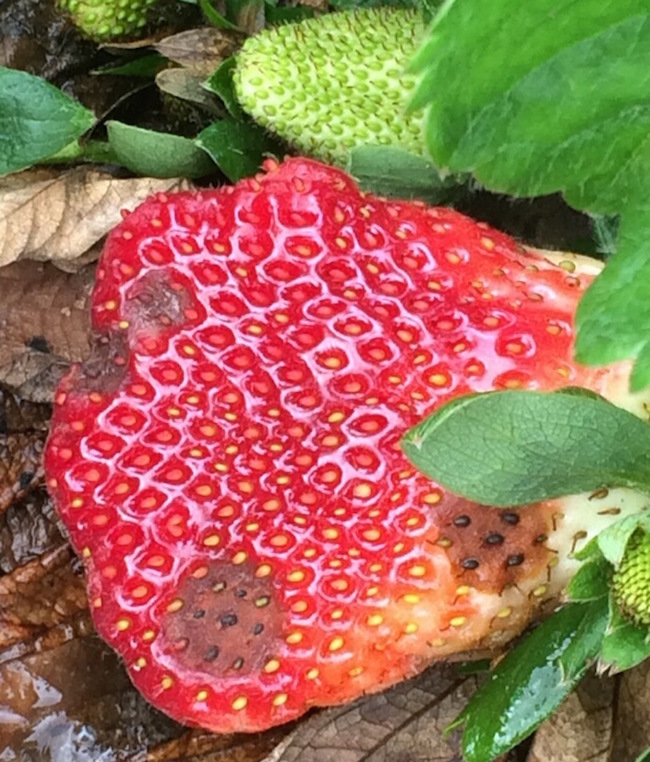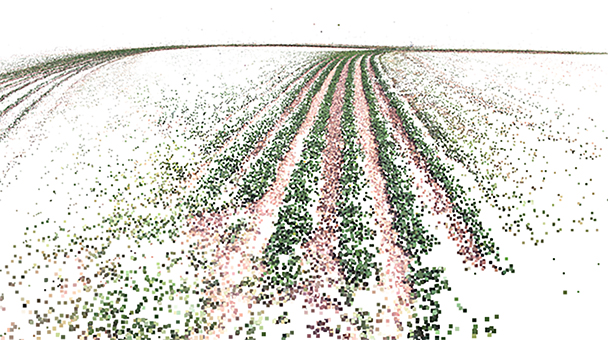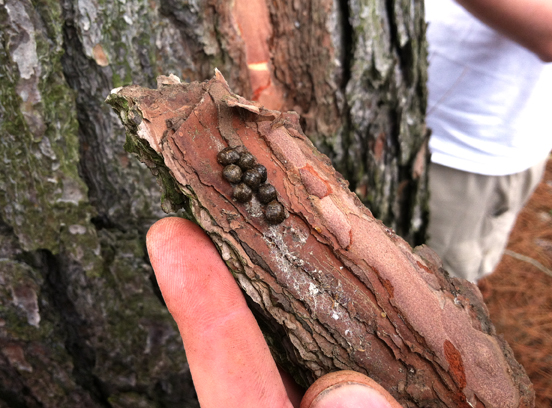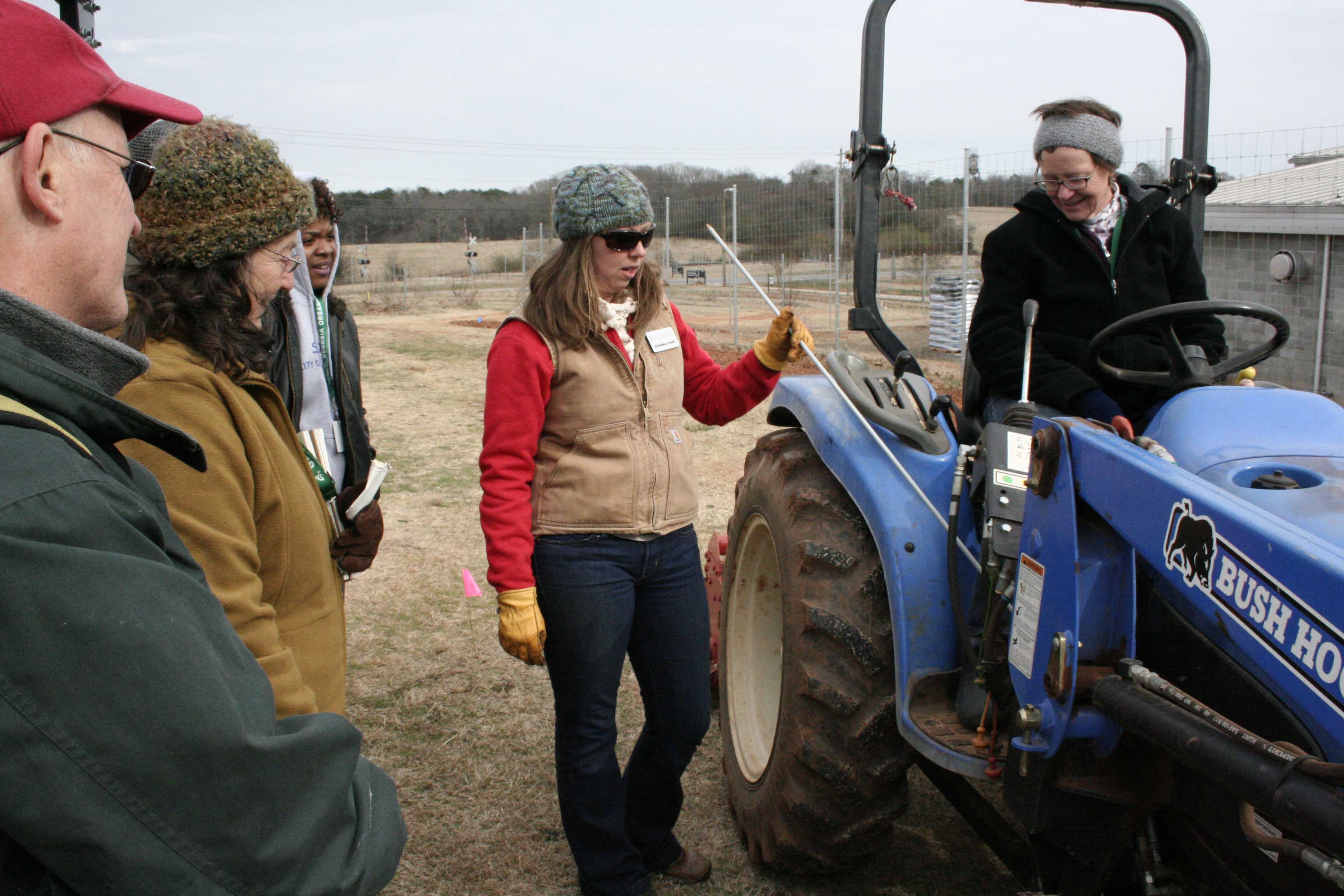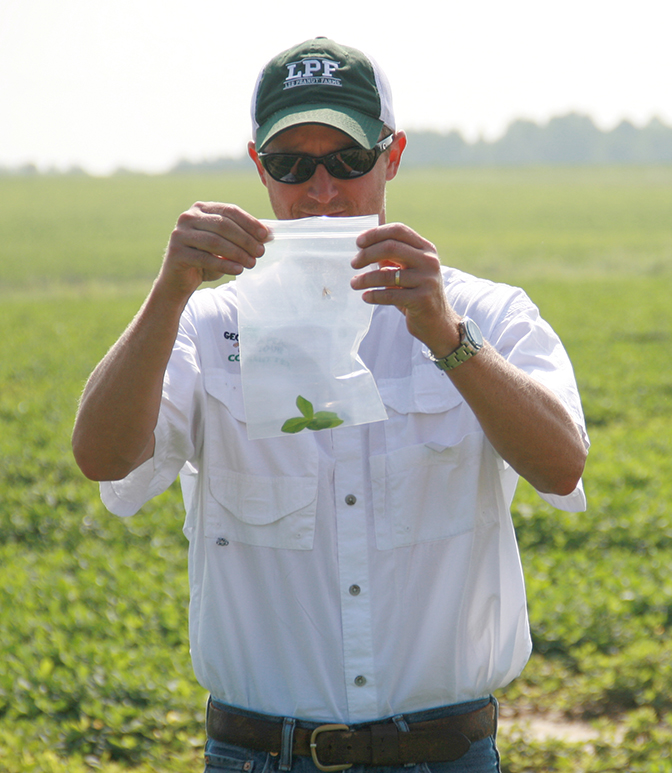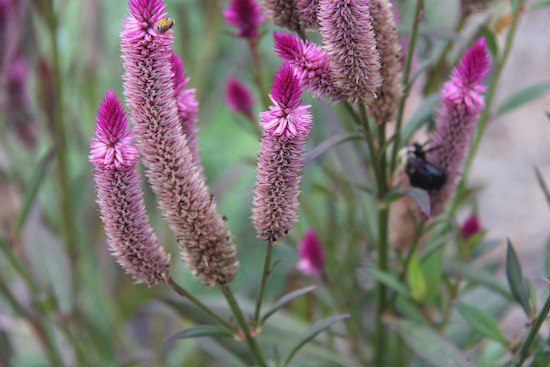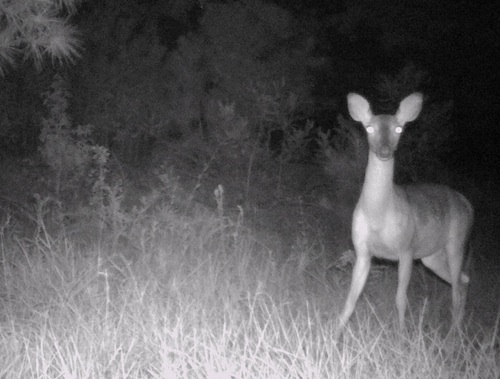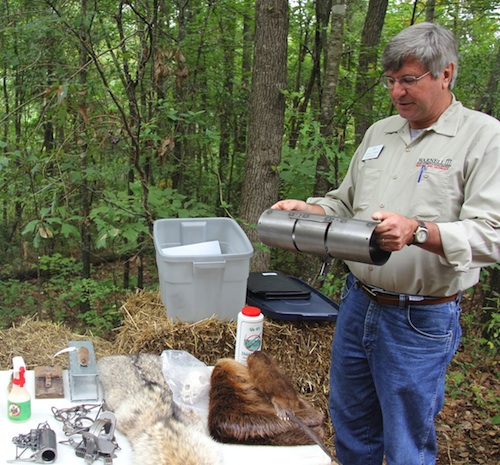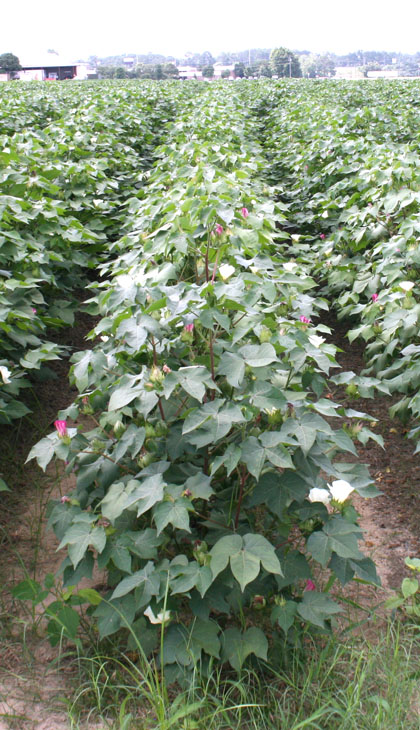 CAES News
CAES News
Insect Scouting
Georgia farmers and agriculture consultants hoping to refine their scouting skills are invited to this year’s Insect Scout Schools, hosted by University of Georgia Cooperative Extension. The schools will be held in Tifton on Monday, June 13, and in Midville on Tuesday, June 21.

